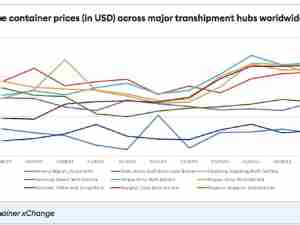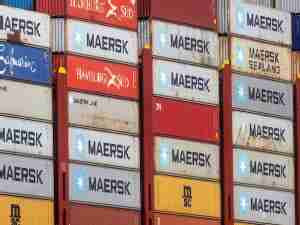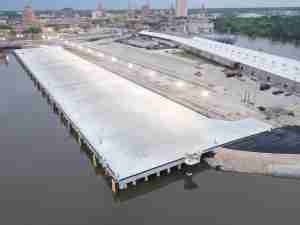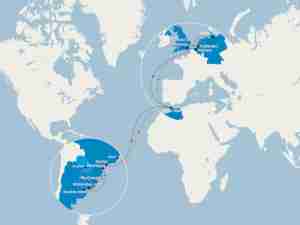Rio Tinto still aims to hit 360 mln ton iron ore output target
By: Reuters | Sep 03 2015 at 09:09 AM | Maritime
Rio sticks to forecast of 3 bln tons in iron ore demand by 2030; Rio sees 120 mln tons high-cost ore exiting market in 2015
SYDNEY - Rio Tinto signalled on Thursday it will continue to boost iron ore production but had yet to give construction approval for a new mine in Australia amid board promises to rein in spending.
The global miner said demand for iron ore would continue to grow despite current soft conditions and that half would be delivered via the seaborne market for at least the next 15 years, justifying an increase in tonnage.
Spot iron ore prices <.IO62-CNI=SI> have lost more than 20 percent in 2015 as an economic slowdown in China curtailed the country’s use of steel.
The new mine, called Silvergrass, is deemed essential if Rio Tinto is to reach a longer-term 360-million-tonne global target, up from a 340-million-tonne target this year and 350 million tonnes in 2017.
Silvergrass has been deferred three times in the past two years, and has been estimated to cost $1 billion to develop. It is now subject to approval in 2016, according to the company.
The world’s No.2 iron ore miner also stuck to a forecast for global iron ore demand to grow by 2 percent a year to 3 billion tonnes in 2030, in documents released prior to an analysts’ briefing by its iron ore chief executive Andrew Harding.
Iron ore has moved from boom to bust in the past 18 months as massive new supplies flood markets.
Rio Tinto sees a total of 120 million tonnes of high-cost iron ore from China and seaborne supply exiting the market in 2015, with a further 45 million tonnes a year of seaborne supply “at risk”.
The company reiterated its forecast that China will hit 1 billion tonnes of crude steel production by 2030. Rival BHP Billiton recently cut its forecast for Chinese steel production, setting output to peak in the mid-2020s between 935 million and 985 million tonnes.
Some analysts see Chinese steel production running at roughly 820 million tonnes a year and heading lower at an annual rate of 1-2 percent over the same timeframe.
Steel production in China - the key barometer measuring the health of the iron ore sector - fell 1.3 percent from a year earlier in the second half of fiscal 2015 ended June 30, triggered largely by a slowing construction sector.
Rio Tinto has vowed to reduce capital investment by at least $2.5 billion over two years. This year it aims to cut costs by $1 billion in order to maintain dividends and fund a share buyback.









